A young boy accidentally broke a 3,500-year-old jar during a visit to Israel’s Hecht Museum
A recent incident at the Hecht Museum in Haifa has garnered attention. A young boy accidentally damaged a 3,500-year-old jar during a family visit.
This jar, dating back to the Bronze Age (2200–1500 BC), had been a prized exhibit at the museum for 35 years.
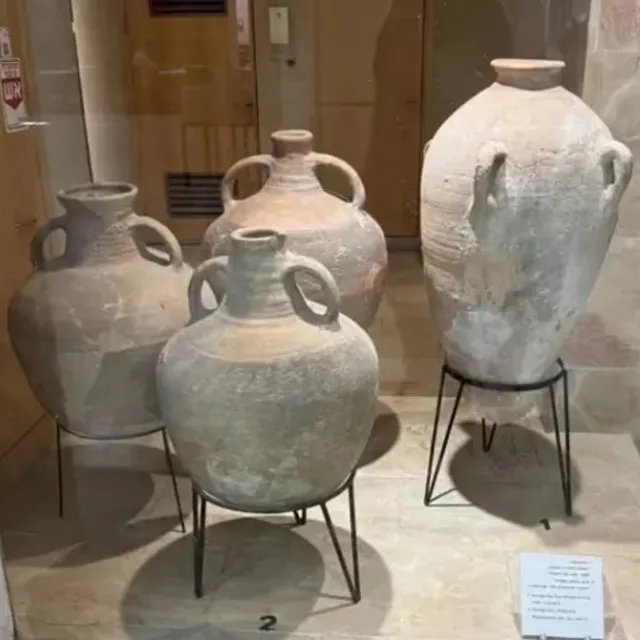
A young boy accidentally smashes 3,500-year-old
Boy accidentally smashed 3,500-year-old jar during Israel’s Hecht Museum.
On Friday, the four-year-old boy, curious about the jar on display, accidentally knocked it over.
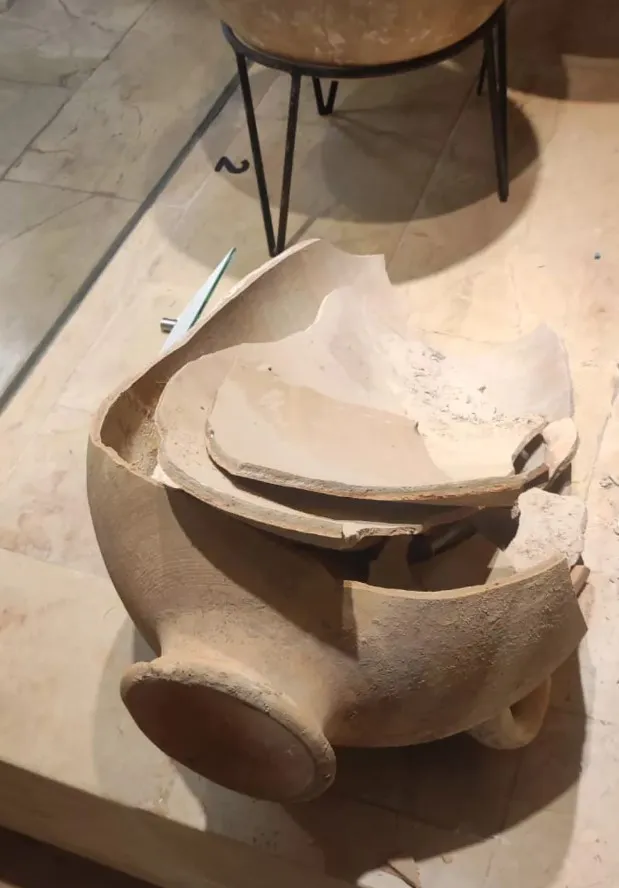
Positioned near the entrance without protective glass, the jar was part of the museum’s philosophy to display artifacts “without obstructions.”
This approach aimed to showcase their “special charm,” according to BBC.
The boy’s father, Alex, described his shock upon seeing his son next to the shattered artifact. He initially doubted that his child was responsible.
Despite the incident, Museum Director Dr. Inbal Rivlin reassured the family. He stated “Don’t be afraid, we have no claim against you,” as reported by Sky News.
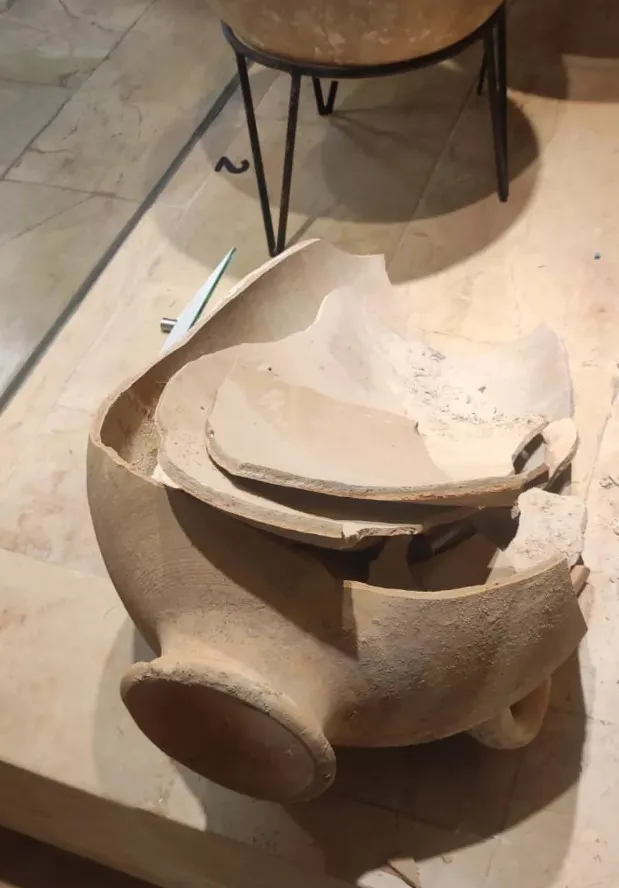
Addionally, the museum then extended an invitation for the family to return for a guided tour.
Museum responded to the incident
Lihi Laszlo, the museums content manager, clarified the situation: “There are instances where display items are intentionally damaged, and such cases are treated with great severity, including involving the police. In this case, however, the jar was accidentally damaged by a young child, and the response will be accordingly.”
The jar, discovered in Samaria, predates the era of Biblical figures like King David and Solomon.
Additionally, it was believed to have been used for storing supplies such as wine and olive oil.
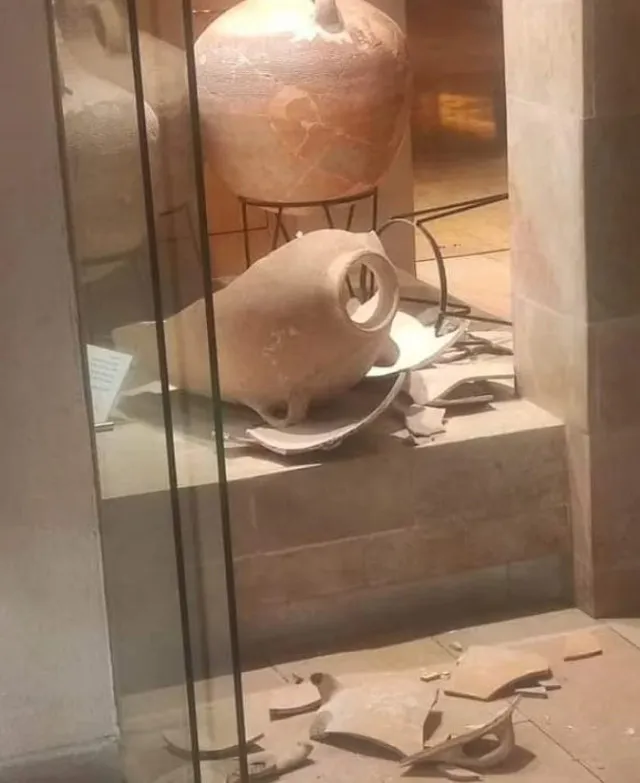
Such artifacts are often found broken or incomplete, making this jar a particularly significant discovery.
Restoration and future display
A conservation specialist has been appointed to restore the damaged jar. Museum officials anticipate that it will return to its display area soon.
Despite the unfortunate event, the boy’s father expressed relief that the jar would be restored.
Additionally, he noted it would no longer be the same item.
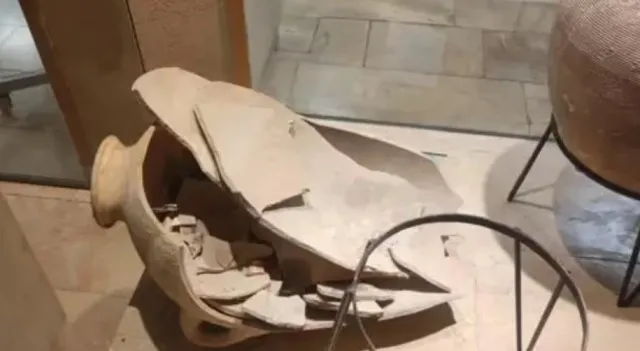
Museum officials have reaffirmed their commitment to displaying items without barriers. This approach aligns with the museum founder’s vision of making artifacts as accessible as possible.
However, Dr. Rivlin has advised parents to instruct their children on not touching exhibits unless permitted.
This incident underscores the museum’s dedication to preserving historical artifacts. It also highlights the need for ensuring that visitor interaction remains safe and respectful.